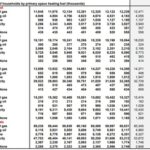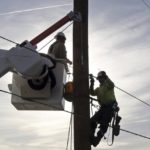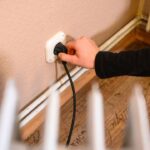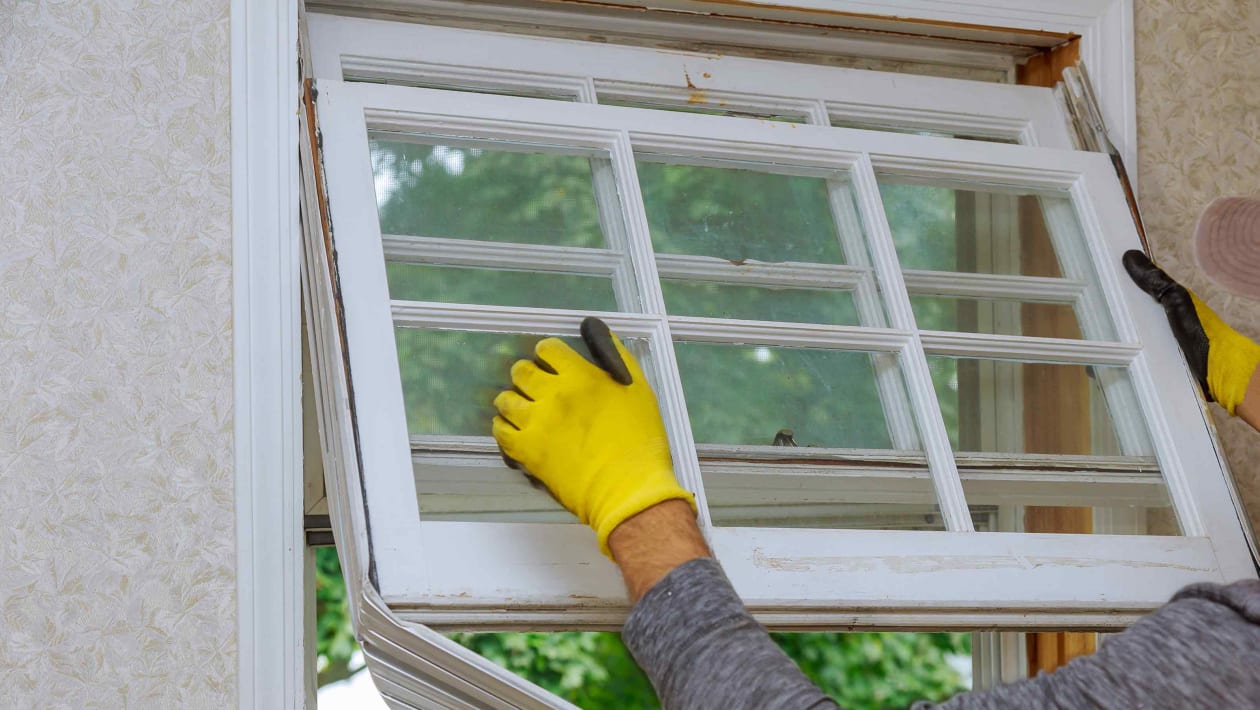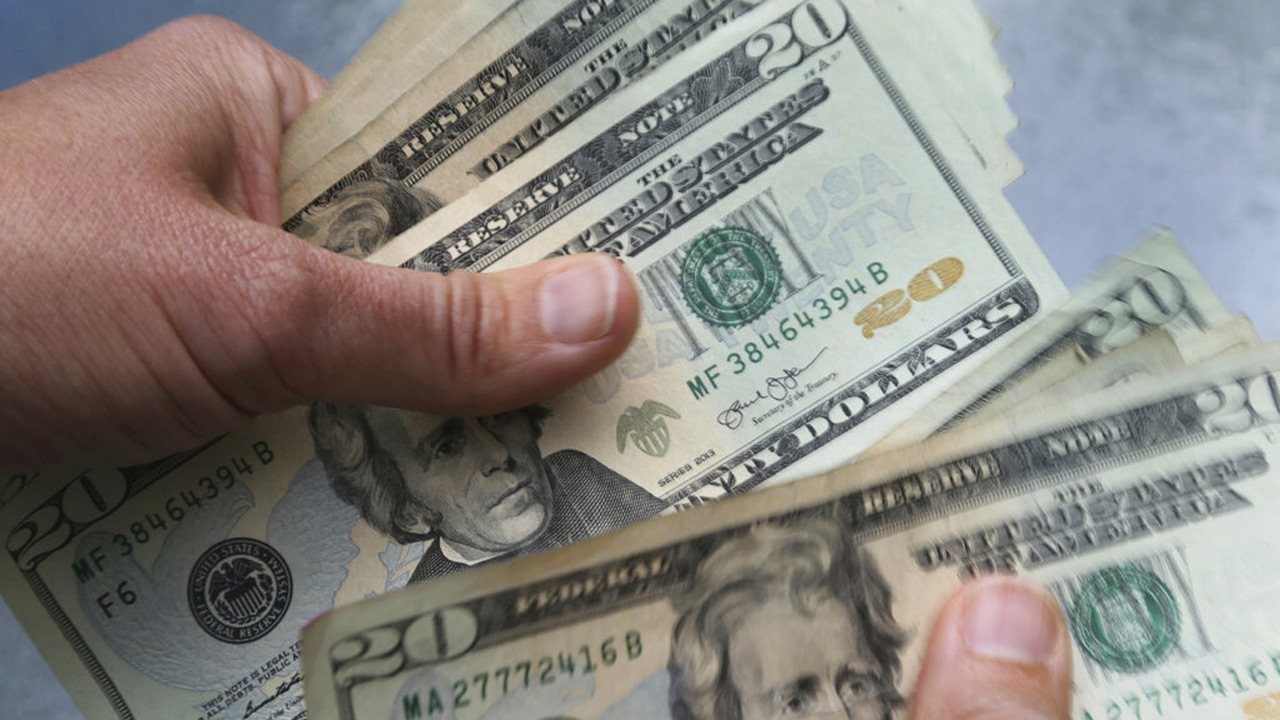Higher home heating costs could burn a hole in your wallet this winter – NBC News
Energy Disrupter
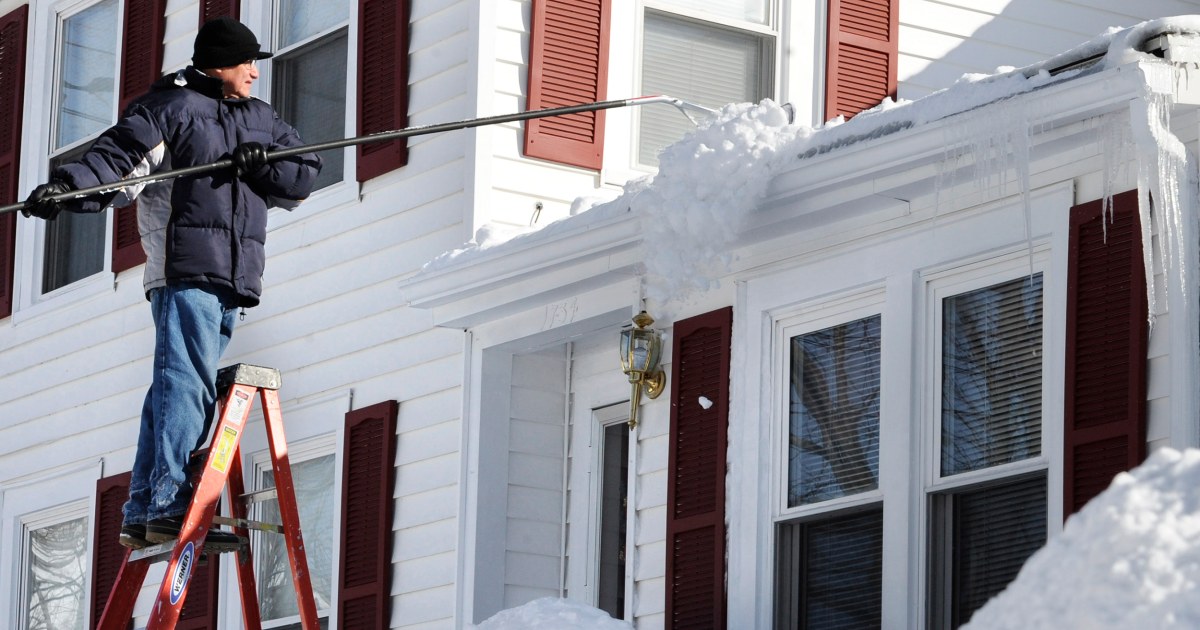
Pandemic-battered families face skyrocketing heating costs this winter, with year-on-year prices set to rise by as much as 54 percent for some households, according to the annual winter fuel outlook released this week from the Energy Information Administration.
“We expect that households across the United States will spend more on energy this winter compared with the past several winters because of these higher energy prices and because we assume a slightly colder winter than last year in much of the United States,” the U.S. Energy Information Administration said in the report.
Prices are forecast to rise by more than 40 percent for households who use heating oil, affecting the Northeast in particular; and will increase 30 percent for natural gas and 54 percent for propane. Those who heat with electricity could see 6 percent increases.
Shannan Phillips Hunt, a 47-year-old personal trainer in Bloomsbury, New Jersey, is fearful of how her family’s already-strained budget will get further stretched by increased heating costs. She and her husband already work two jobs each but still feel like they are living paycheck to paycheck. Last winter, her bill increased by one-third, she told NBC News.
“We never changed our behaviors, we were doing the same things that we kept doing and it was unbelievable how much money we spent,” Hunt said. “It was scary, are we going to be able to pay this and afford this? How high is it going to go?”
This year, they replaced a drafty window with a new energy-efficient one, and said they only turn on the heat in the rooms where their dogs sleep — and the dogs are already in sweaters to avoid shivering.
“As far as the middle class, we’re all being pinched,” Hunt said.
In an August news conference to address rising energy prices, President Joe Biden called on the oil and gas industry to increase production to meet demand.
“The production cuts made during the pandemic should be reversed as the global economy recovers in order to lower prices for consumers,” Biden said.
The worldwide energy crunch is also pressuring prices in an increasingly interconnected global system. In Europe, natural gas prices are up over 350 percent following a summer of high demand and low supply. That’s pulling some natural gas from U.S. producers on to ships for overseas markets.
Crude oil has climbed over 60 percent this year, pushing up closely tied heating oil prices.
Some energy economists contend that oil and gas companies limited production in order to generate free cash flow and repair their balance sheets after years of low-profit growth following the reset of oil prices in 2014 from over $100 a barrel to $25.
“Shareholders have been pushing companies to be focused on capital discipline and growing dividends,” said Paul Tice, senior energy analyst at Schroder Investment Management and adjunct professor of finance at the Leonard N. Stern School of Business at New York University.
In 2019, U.S. oil production was 12.29 million barrels per day. Currently, it’s about 11 million barrels per day, according to the EIA.
Looking ahead to 2030 clean energy goals, low oil production is likely to persist for at least the next decade as the U.S. aims to reduce emissions and increase the use of alternative energy sources. Americans should get used to mild winters with normal prices and cold winters that lead to a price spike, Tice said, noting: “That’s the new normal.”
Experts say homeowners can take several steps to tackle higher energy prices this winter.
“Insulation is the number one thing that saves you money, creating an air ceiling. If you bought an expensive down jacket with holes in it, it’s not going to work as well as one without holes,” said Pascale Maslin, CEO of Energy Efficiency Experts in Silver Springs, Maryland. She and her team conduct home energy audits, looking for where heat is escaping most from the house and where improvements could be made.
Over 65 percent of heat is lost in the attic, Pascale said, and insulating attics and crawl spaces are one of the first areas to look at. She recommends cellulose or fiberglass insulation instead of spray foam, which can be tricky if not done properly and can lead to extended off-gassing.
Consumers should also look into upgrading their thermostat to a programmable one that keeps the heat off when the home is not occupied. Homeowners should also check with their state to see if it offers rebates for energy-efficient upgrades like a new heat pump.
Assistance programs also offer relief, such as the Low Income Home Energy Assistance Program (LIHEAP). Consumers can check for local community assistance programs and apply if their income for the past 30 days is below 200 percent of the poverty level. Other community action and local programs may offer utility assistance.
Stephanie Ruhle, Charlie Herman and Haley Messenger contributed.
Original Source: https://www.nbcnews.com/business/consumer/higher-home-heating-costs-could-burn-hole-your-wallet-winter-n1281679


